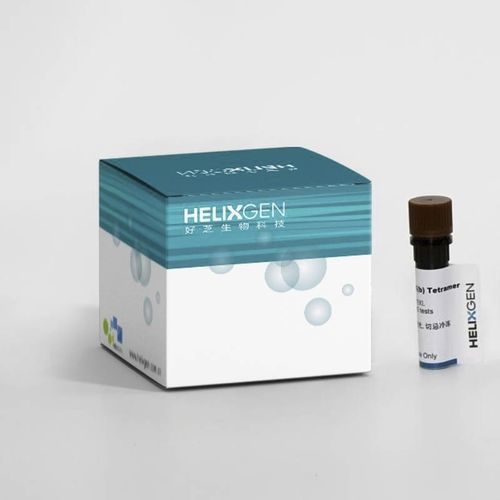MHC Tetramer, an immunology reagent, consists of four monomer molecules, each of which is a conjugate of a major histocompatibility complex (MHC) and an antigen peptide. Labeled with fluorescence, the MHC tetramer stain can be used for antigen specific T cell immuno assay.
MHC tetramer technology was developed in 1996 by Dr. John D. Altmanin Stanford University School of Medicine. It uses flow cytometry technology to analyze the targeted T cells after being labelled.
This method has become a simple and rapid tool for qualitative and quantitative analysis of antigen-specific T cells.
As compared to other T cell detection methods, such as intracellular cytokine staining (ICS) and enzyme-linked immunospot assay (ELISPOT), MHC tetramer has the advantages of high sensitivity, high specificity, simple quantitative analysis and high repeatability.
It has been gaining more and more applications in the studies of tumor, infection and autoimmune diseases, such as:
Cell sorting: efficient sorting of specific T cells
Epitope study: affinity screening of antigenic epitopes
Study on virus escape: immune mechanism of virus escape
Cell therapy study: TCR affinity on T cell surface
Study on antibody screening: screening of "T-Cell Receptor-Like Antibodies"
Study on MHC immune function: identification of immune function of MHC by mixed epitope fragment
MHC Tetramer Stain operation Procedure
HelixGen provides nearly 300 types of conventional MHC tetramer products. They have been pre-labeled with fluorescent dye PE or APC and are ready for use.


